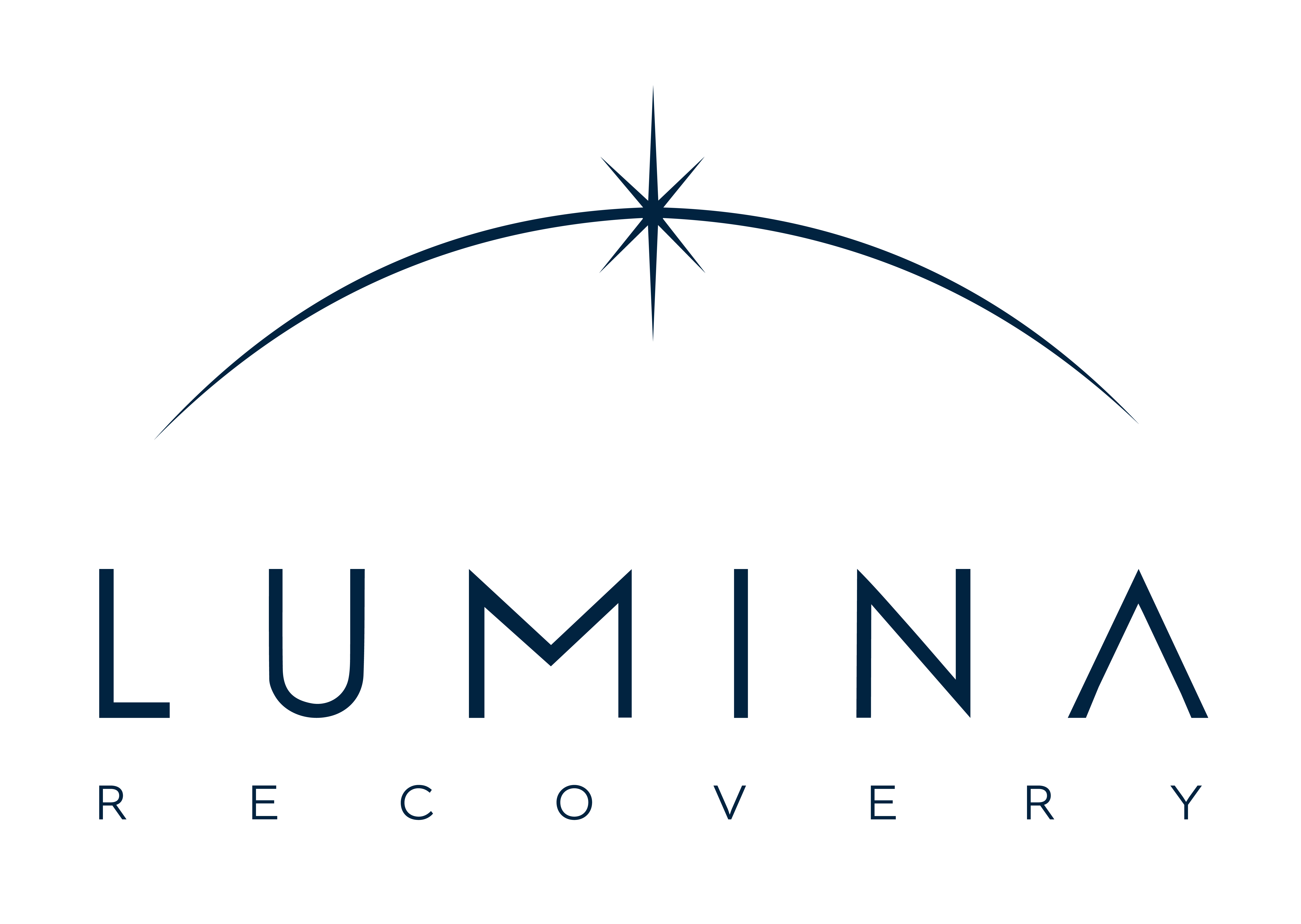Addiction recovery can be an uphill battle, often requiring more than just willpower or determination. Many individuals face overwhelming cravings, painful withdrawal symptoms, and emotional challenges.
Overcoming these hurdles requires a comprehensive treatment approach. Medication-assisted treatment (MAT) is one such solution that has gained widespread acceptance in addiction recovery.
What Is MAT (Medication-Assisted Treatment)?
MAT is a treatment method designed to support individuals recovering from substance use disorders by using FDA-approved medication with behavioral therapies. The primary goal is to provide a “whole-patient” approach to treatment.
This holistic approach not only reduces cravings and withdrawal symptoms but also improves long-term recovery outcomes. MAT gives people the tools they need to break free from addiction and rebuild their lives.
Historically, MAT emerged as a response to the opioid epidemic, which began in the mid-20th century. Methadone was the first medication approved for treating opioid addiction in the 1960s. Over the years, research has expanded, leading to more medications and refined treatment protocols. Today, MAT is widely recognized as a life-saving option for those struggling with addiction.1
The role of MAT has continued to grow as it has become an effective treatment not only for opioid use disorder but also alcohol use disorder. It has become a central component of modern addiction treatment programs, reducing stigma and increasing access to care.
How MAT Works
The biological mechanisms behind MAT focus on stabilizing brain chemistry. Substance abuse often alters the brain’s reward system, making it difficult for individuals to feel normal without drugs or alcohol.
MAT medications work by:
- Blocking the euphoric effects of substances
- Reducing cravings
- Easing withdrawal symptoms
- Restoring balance in brain chemistry
This allows individuals to focus on therapy, counseling, and rebuilding their lives without the constant burden of cravings. MAT acts as a bridge, helping people make the transition from addiction to sobriety with medical and emotional support in place.
Medications Used in MAT
Medication-assisted treatment (MAT) uses specific medications to address withdrawal symptoms, cravings, and brain chemistry imbalances caused by addiction. These medications are carefully selected based on the substance being treated and are paired with counseling and therapy for a comprehensive approach. Below is a breakdown of commonly used medications for opioid and alcohol use disorders.
For Opioid Use Disorder
- Methadone: Reduces withdrawal symptoms and cravings while blocking the effects of opioids.
- Buprenorphine: A partial opioid agonist that helps alleviate withdrawal and reduces cravings.
- Naltrexone: Blocks opioid receptors, preventing users from experiencing a high.
For Alcohol Use Disorder
- Acamprosate: Helps restore brain chemistry disrupted by alcohol use and reduces cravings.
- Disulfiram: Creates unpleasant effects (nausea, headache) when alcohol is consumed, deterring use.
- Naltrexone: Reduces alcohol cravings and blocks its pleasurable effects.
These medications are tailored to each individual’s needs, and medical professionals carefully monitor their use to ensure safety and effectiveness.
5 Benefits of MAT
MAT offers a well-rounded approach to addiction recovery by addressing both physical and psychological challenges. It not only alleviates withdrawal symptoms and reduces cravings but also supports long-term recovery through improved treatment retention and relapse prevention.
MAT has proven to be a highly effective treatment approach, offering numerous benefits including:
- Improved treatment retention. Patients receiving MAT are more likely to stay in treatment programs.
- Reduction in illicit substance use. MAT reduces the urge to use illicit drugs, promoting abstinence.
- Lower risk of overdose. Medications like naloxone can reverse overdoses, while others reduce the likelihood of overdose by curbing cravings.
- Better quality of life. Patients often report improved relationships, employment stability, and emotional well-being.
- Reduced relapse rates. MAT lowers the chances of relapse compared to non-medication approaches.
Integrating Behavioral Therapies
While medications address physical dependency, behavioral therapies tackle emotional and psychological aspects of addiction.
Counseling sessions and support groups provide a platform for them to explore underlying issues, learn coping strategies, and develop healthy habits. Approaches such as dialectical behavior therapy (DBT) and hypnotherapy complement MAT by addressing thought patterns and building motivation for change.
MAT programs often integrate individual therapy, group counseling, and family therapy to ensure patients receive well-rounded support. These therapies empower individuals to develop healthier behaviors and address trauma, stress, or mental health challenges that may contribute to addiction.
Addressing Common Misconceptions
Despite its proven effectiveness, MAT is often misunderstood. Misconceptions and stigma can create barriers to seeking help, leaving many individuals without access to this life-changing approach. It is important to clarify these myths and provide accurate information to support informed decisions about addiction recovery.
- Myth: “MAT replaces one addiction with another.”
Reality: MAT stabilizes brain chemistry without causing a high, allowing patients to function normally. - Myth: “Recovery should be medication-free.”
Reality: MAT is a medically proven treatment, just like medications for diabetes or high blood pressure. - Myth: “MAT is only for short-term use.”
Reality: MAT can be used for as long as necessary, including long-term maintenance to prevent relapse.
By addressing these misconceptions, more individuals can access the support they need without fear of judgment.
Recent Advancements in MAT
As MAT continues to evolve, recent advancements have further improved its accessibility, effectiveness, and overall patient outcomes. New medications, such as long-lasting injectables, provide extended relief from cravings and withdrawal symptoms, reducing the need for daily doses and improving adherence to treatment plans.2
Telemedicine options have also expanded, allowing patients to consult with healthcare providers virtually, making MAT more accessible to those in rural or underserved areas. In addition, digital tools and mobile apps have emerged to help individuals track progress, set goals, and access support resources in real time.
These innovations ensure that MAT remains a flexible and evolving approach to addiction recovery, meeting the needs of patients in an increasingly connected world.
Find Recovery Solutions With Lumina Recovery
Medication-assisted treatment (MAT) has revolutionized addiction recovery by addressing both physical and emotional challenges. It combines FDA-approved medications with evidence-based therapies, offering individuals a comprehensive path to lasting recovery.
Lumina Recovery specializes in MAT programs along with dual diagnosis treatment to support co-occurring mental health conditions. These integrated approaches ensure clients receive personalized care that promotes long-term success.
If you or a loved one is ready to take the next step, contact Lumina Recovery today for a personalized treatment plan.
Sources:



